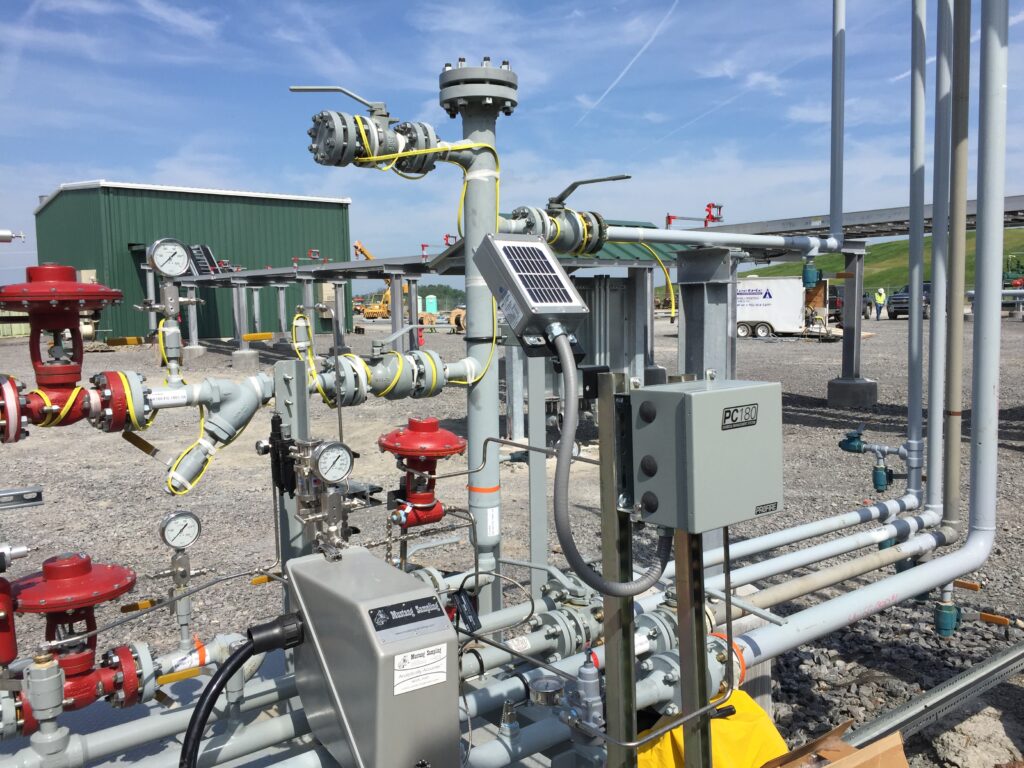H2S is commonly known as “rotten egg” gas due to its characteristic odor. But, unlike a rotten egg, this foul smelling gas is a deadly threat and has the capability of killing within minutes of exposure. It is regularly encountered in upstream oil and gas operations due to it being a low-lying gas found in wells, pipelines, and storage tanks. It forms when organic matter in crude oil decomposes and it poses serious risks to workers and equipment.
To combat H2S buildup, the oil industry uses chemicals such as biocides to prevent its production. If there is already H2S accumulated in wells, it can be neutralized through a chemical reaction using H2S scavengers. In the past, determining the correct amount of H2S scavenger was done by estimation. This resulted in extremely hazardous conditions as there was often too much or too little scavenger was injected.
Chemical management systems (CMS) including Profire’s PC180 have optimized and automated H2S scavenging operations. The PC180 electronic control system constantly monitors the H2S levels within a well and maintains the acceptable threshold rate of H2S scavenger by automatic injections. The figure below summarizes how H2S scavenging works using the PC180.

